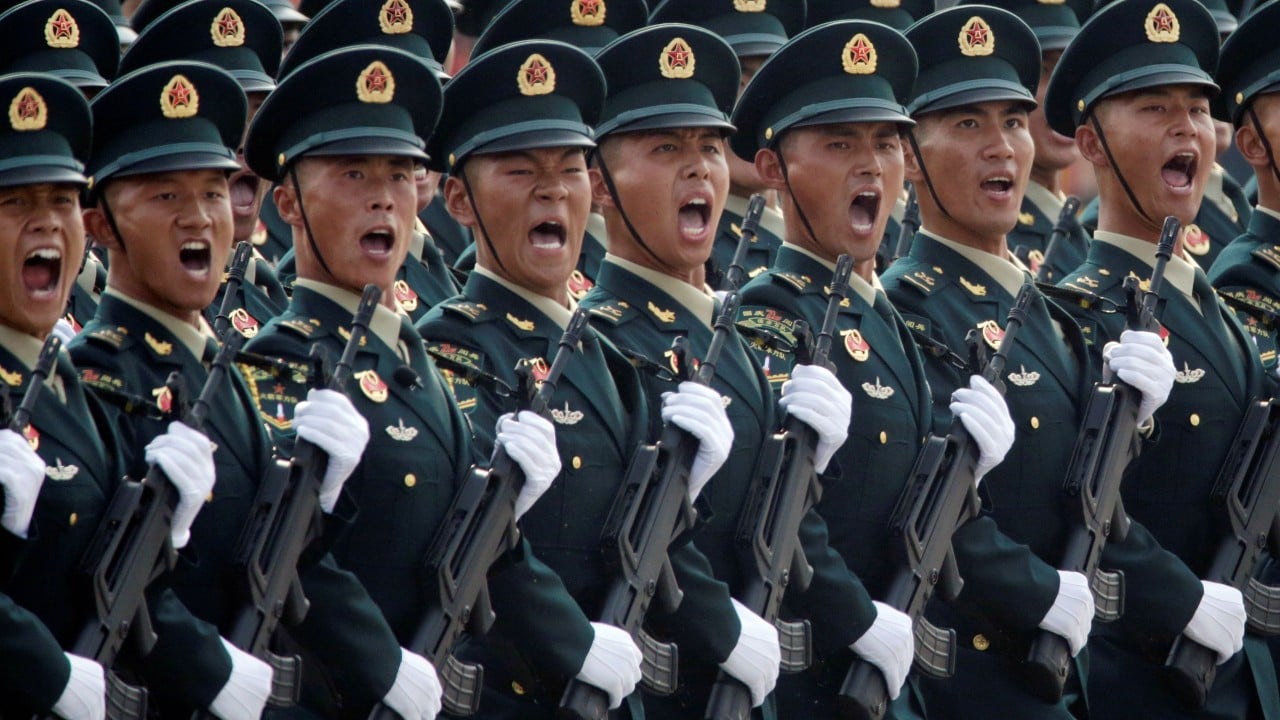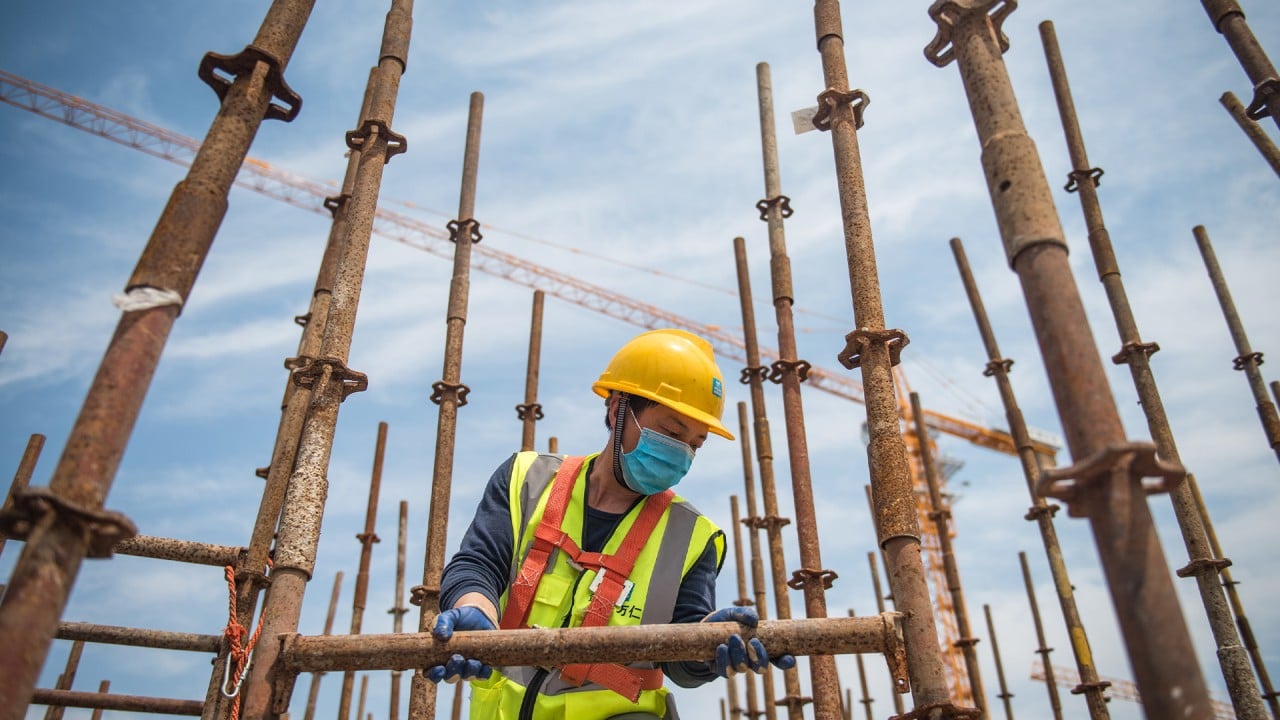
Is China rich or poor? Nation’s wealth debate muddied by conflicting government data
- Premier Li Keqiang said this week that China has 600 million people with a monthly income of 1,000 yuan (US$140), stoking ongoing debate about China’s wealth
- Alternative government data sets have painted a different picture, with one saying urban households have on average on 3.2 million yuan in assets
A long-standing debate over whether China is a rich or poor nation has been reignited in recent weeks after the government released a series of diverging data sets on wealth in the world’s second biggest economy.
“It’s barely enough to cover monthly rent in a mid-sized Chinese city,” Li told a press conference in Beijing.
Li’s comments add weight to the argument that China is a relatively poor country, as over 40 per cent of its 1.4 billion people are still living on a daily income of less than US$5.

05:59
Coronavirus: What’s going to happen to China’s economy?
But his script contrasts with other, recently released data about Chinese wealth, which paints the country as far better off.
Ning Jizhe, the head of China’s National Bureau of Statistics, said last Sunday the nation had accumulated 1,300 trillion (US$182 trillion) yuan worth of assets at the end of 2019, in the form of infrastructure facilities.
The statement, which implied the country has nearly 1 million yuan in assets for every citizen, was widely ridiculed as it makes every Chinese a “millionaire”.
The People’s Bank of China triggered a similar controversy in April after it published a survey of urban Chinese households that said each on average had assets worth 3.2 million yuan at end of 2019, or about US$450,000, including property and financial assets.

04:12
Are Xi Jinping’s China and Donald Trump’s US destined for armed conflict?
The central bank’s findings, based on a survey of more than 30,000 households, was roundly criticised by the Chinese public as most families could not relate to the central bank figure.
The controversy was so great that China Finance, the central bank-run journal that published the survey, deleted the article from its social media account.
That the publication ever stirred controversy at all reflects China’s severely uneven income distribution.
But income distribution tilts sharply towards the state, resulting in a situation commonly referred to as “rich state, poor people”.
China also has one of the world’s widest wealth gaps. The Gini coefficient – a measure of a population's wealth inequality – rose in 2017 for the second year in a row to 0.4670, meaning severe income inequality. China has not published the coefficient for the last two years.
“Many foreign friends who visited Beijing, Shanghai and Guangzhou marvelled that China is probably richer than the United States or Europe,” the social media account Niutanqin, which is affiliated with the official Xinhua news agency, said in a piece on Friday.

05:02
Coronavirus backlash further fraying China’s ties to global economy
“But Beijing, Shanghai and Guangzhou just represent one side of China. There’s another China outside these cities,” it added.
According to China’s statistics agency, China’s per capita disposable income was 30,733 yuan (US$4,300) in 2019, an increase of 5.8 per cent from the previous year.
Per capita income in rural areas was 16,021 yuan last year, or 1,335 yuan a month, while the median rural income was 14,839 yuan, or 1,236 yuan a month.
Low wages in China’s countryside – where about 40 per cent of the population live – have hindered Beijing’s efforts to shift the country’s economic model to greater dependence on domestic consumer-led demand.
That initiative has taken on even greater urgency after Beijing announced during this week's National People’s Congress it would turn to domestic drivers of growth in coming years given the increasingly uncertain international economic environment.
There is clearly great, untapped potential in China's huge domestic population, much of which is only just beginning to encounter the products and services that Westerns take for granted.
Li Xunlei, an economist at Zhongtai Securities in Shanghai, estimated last year that 1 billion Chinese people may have never boarded an aeroplane.

